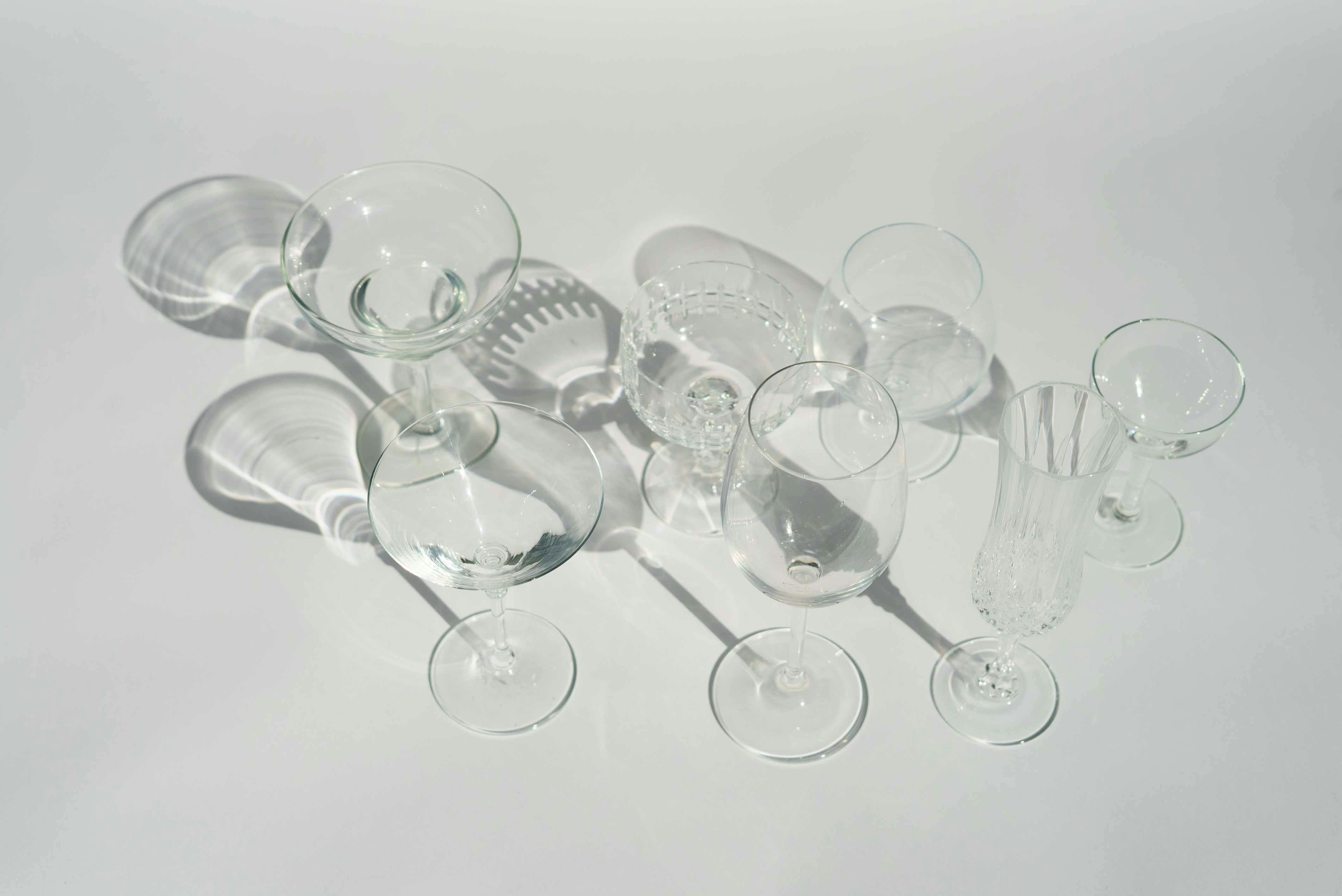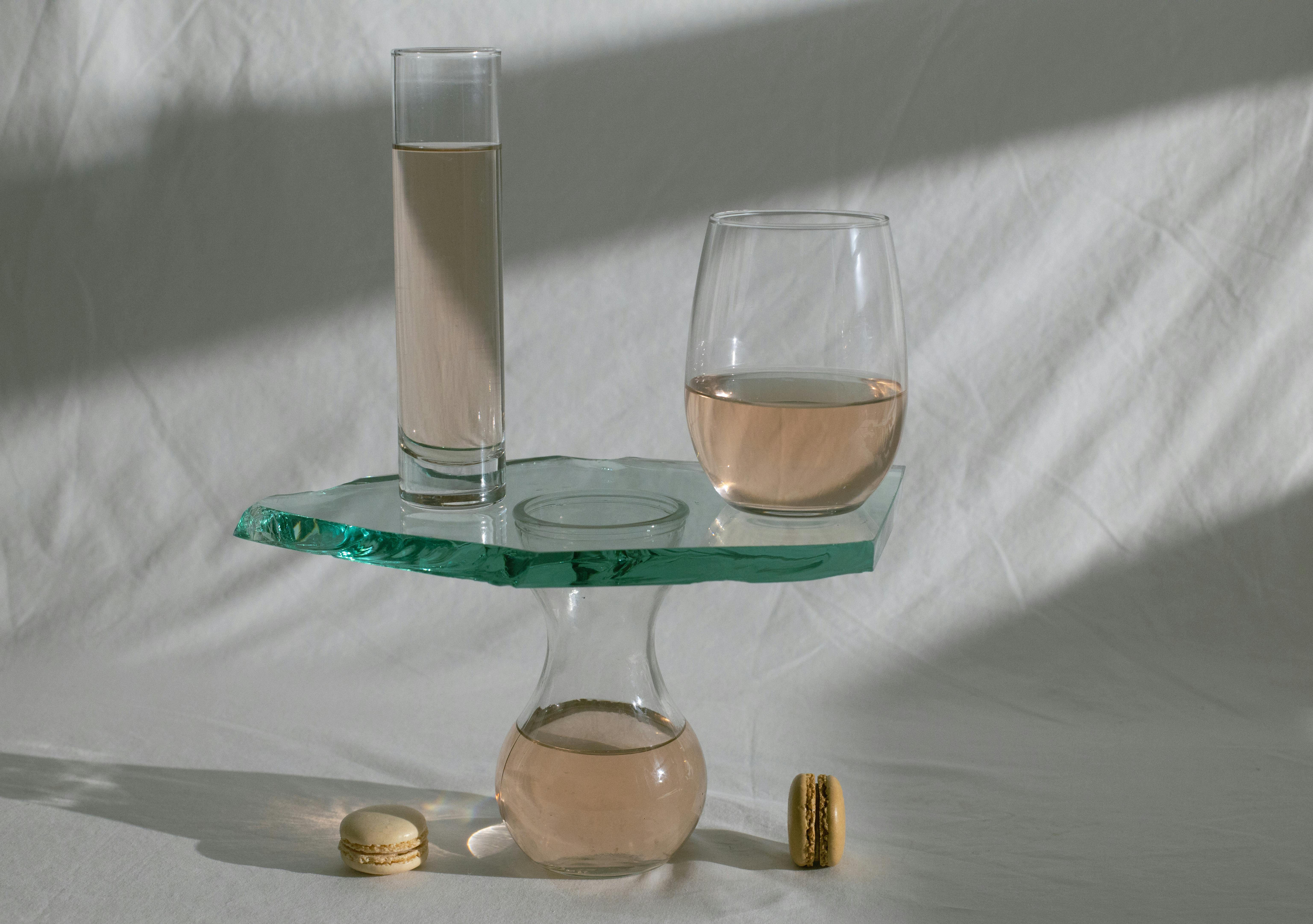Viognier is a unique white wine that stands out from other white wines in both its flavor and production.
It has a distinct aroma of apricot and peach, with subtle floral notes and a hint of spice. Unlike other white wines, Viognier is typically high in alcohol content, has a medium to full body, and is often aged in oak barrels. In terms of production, Viognier grapes are grown in warmer climates and its production is limited due to its difficulty to cultivate.
The differences between Viognier and other white wines can be summarized as follows:
- Flavor: Viognier has distinct aromas of apricot and peach while other whites may have citrus or herbal flavors.
- Alcohol Content: Viognier often has a higher alcohol content than other whites.
- Body: Viognier tends to have a medium to full body compared to the lightness of some other whites.
- Aging: Many Viognier wines are aged in oak barrels while many others are not.
- Cultivation: Viognier grapes require warmer climates for cultivation while other white wines may be grown in cooler climates.
Contents
How is Viognier Different from Other White Wines?
Viognier is a unique and complex white wine that stands out from other white wines. It has a fruity, floral aroma and a full-bodied flavor with notes of apricot, peach and honeysuckle. The texture is generally rich and creamy with low to moderate acidity. Viognier has higher alcohol content than most other white wines, typically ranging from 13.5% to 15%. The color of Viognier is usually a pale yellow or light gold, although some varieties may have an orange hue.
Viognier differs from other white wines in that it can be aged for longer periods of time. This allows the flavors to develop more depth and complexity as it ages, which can make it more enjoyable for those who prefer bolder flavors. It also pairs well with many different types of food due to its complexity and fruity notes, making it an excellent choice for dinner parties or other special occasions.
Overall, Viognier is a unique and flavorful white wine that stands out from other whites for its complexity and bold flavor profile. Its higher alcohol content makes it perfect for sipping on its own or pairing with food, making it an excellent addition to any wine collection.
The History and Origin of Viognier
Viognier is a white wine varietal that has origins in the Northern Rhone region of France. It is thought to be descended from the ancient grape variety Gouais Blanc, though its exact ancestry is still unknown. The first written record of Viognier dates back to the late 1800s, when it was widely planted in the Condrieu and Château-Grillet regions of the Northern Rhone.
In the 1970s and 1980s, Viognier experienced a period of steep decline due to disease and competition from other grape varieties. By 1985, there were only 8 hectares (20 acres) of Viognier in France, with production concentrated around Condrieu. Since then, however, it has enjoyed a resurgence in popularity due to its exotic aromas and flavors.
Viognier is now grown all over the world, including in Australia, South Africa, Chile, Argentina, New Zealand and California. It continues to be most widely planted in France’s Northern Rhone region though, where it is used to make full-bodied white wines with aromas of apricot and peach. Its flavor profile also includes notes of spice and honeyed stone fruits such as nectarine and white peach. Viognier can be enjoyed on its own or blended with other grapes such as Roussanne or Marsanne for a more complex flavor profile.
Appearance
Viognier is a white wine that typically has a golden-yellow hue. Its clarity is usually quite high, and it can have different shades of yellow, depending on the type and vintage. The wine is often full-bodied and viscous, with a thick texture in the mouth.
Aroma and Flavor
The aroma of Viognier is known for its floral characteristics with hints of honeysuckle, peach blossom, gardenia, jasmine, and orange blossom being common in most varieties. It also has notes of apricot, nectarine, honey and white pepper. On the palate there are flavors of ripe orchard fruits such as apricot and peach as well as tropical fruit like pineapple, mango, papaya and passionfruit. There are also hints of spice like clove or nutmeg that can be present in some wines.
Acidity & Tannin
Viognier usually has moderate acidity but can vary from wine to wine depending on the growing region and winemaking style. The tannins are usually low to nonexistent which gives it a softer mouthfeel than some other white wines.
Ageability
Viognier does not age well due to its low acidity so it should be consumed relatively soon after purchase. Most Viogniers are meant to be drunk within 1-3 years after release but some examples can last longer if stored properly in a cool dark place away from any light or heat sources.
How to Serve Viognier Wine
Viognier wine is best served chilled, although not quite as cold as a Chardonnay. It should be served at a temperature of 48°-54°F. When serving Viognier with food pairings, it’s best to pair it with lighter meals. The lightness of the wine pairs nicely with salads, fish, and light chicken dishes. It is also good for sipping on its own or for use in sangrias and spritzers.
How to Store Viognier Wine
Viognier wine should be stored in a cool place that is free from light and vibration. It can be stored in an upright or lying position, but should not be exposed to extreme temperatures or direct sunlight. The ideal storage temperature for Viognier is 45°-55°F and humidity levels should range between 50%-70%. The wine should also be kept away from strong odors as this can affect the flavor of the wine. Finally, it’s best to consume the wine within 1-2 years of purchase for optimal flavor and quality.

Viognier Food Pairings
Viognier is a white wine that originated in the Rhône Valley of France. It has a rich, aromatic flavor with tropical fruit and floral notes. It pairs well with foods that have a subtle sweetness or spice, such as shellfish, white fish, pork, and poultry. Viognier also goes well with vegetables like asparagus and artichokes. For more intense flavor pairings, try dishes with bold flavors like curry or spicy Thai dishes. Viognier can stand up to the spices and still remain balanced.
Viognier is also an excellent match for goat cheese and other soft cheeses like brie. The creamy texture of the cheese compliments the acidity of the wine. For dessert, try pairing Viognier with lighter sweets such as lemon tarts or crème brûlée. The sweetness of these desserts will bring out the fruit flavors in the wine without overwhelming it.
Overall, Viognier is a versatile wine that can be enjoyed with many different types of food. Its rich character and subtle sweetness make it a perfect accompaniment to seafood dishes, light pastas, creamy cheeses, and even desserts. With its unique flavor profile and wide range of food pairings, Viognier is sure to be an excellent addition to any meal!
Common Regions that Produce Viognier Wine
Viognier is a popular white wine varietal, and is produced in many regions around the world. In France, it is most notably grown in the Rhone Valley, where it is thought to have originated. The Condrieu and Château-Grillet appellations are renowned for producing some of the highest quality Viognier wines in France. Other French regions such as Languedoc-Roussillon, Loire Valley and Provence also produce a substantial amount of Viognier.
In Australia, Viognier has been planted in many different regions over the years. In particular, the Riverina and Hunter Valley regions have become well known for producing excellent examples of this variety. The Barossa Valley has also seen an increase in plantings of Viognier over recent years.
In America, California is the most prolific producer of Viognier wine. Many wineries across the state offer a wide range of styles from light and crisp to full-bodied and rich. Other New World countries such as Chile, New Zealand and South Africa are also producing increasing amounts of this variety each year.
Comparing Different Styles of Viognier Wine
Viognier is a white wine varietal that is known for its fragrant aromas and lush flavors. It has become increasingly popular in recent years, with a variety of styles available to choose from. Whether you are looking for a dry, fruity, or oaked style, there are many options to choose from when it comes to Viognier.
When comparing different styles of Viognier wine, it is important to consider the aroma and flavor profile of the wine. Aromas of apricot, peach, and honeysuckle are typical in Viognier wines, while flavors can range from melon and citrus to tropical fruits like pineapple and guava. The oaked styles tend to have more complex aromas and flavors that can include notes of butter, toast, vanilla and spice.
In terms of body and texture, dryer styles tend to be lighter bodied with high acidity levels while oaked styles tend to be fuller bodied with more creamy textures. Sweetness levels also vary between dry and oaked styles; dry styles tend to have low residual sugar levels while oaked styles may have higher amounts of sweetness.
Ultimately, the style you choose depends on your personal preference for aroma and flavor profile as well as body and texture. With so many different options available in the market today, it can be difficult to choose just one style; however, by experimenting with different types of Viognier wines you can find the one that best suits your taste buds!

Conclusion
Viognier is a unique white wine that stands out from other whites due to its full-bodied nature, perfumed aroma and floral flavor. It has a higher alcohol content and sweetness than other white wines, making it an interesting choice for a variety of occasions. Viognier pairs well with a wide range of dishes, from salads to lobster. The key to enjoying Viognier is to find the right balance between its boldness and subtlety. With the right food pairings and knowledge of the wine’s characteristics, anyone can experience the wonderful complexity of Viognier.
Viognier will continue to grow in popularity, as there is much to be discovered about this wonderful white wine. Its unique flavor and structure make it an exciting addition to any dinner table or special occasion. Whether you are trying Viognier for the first time or already have a favorite bottle, there is something special about this ancient grape varietal that makes it truly unforgettable.


0 Comments